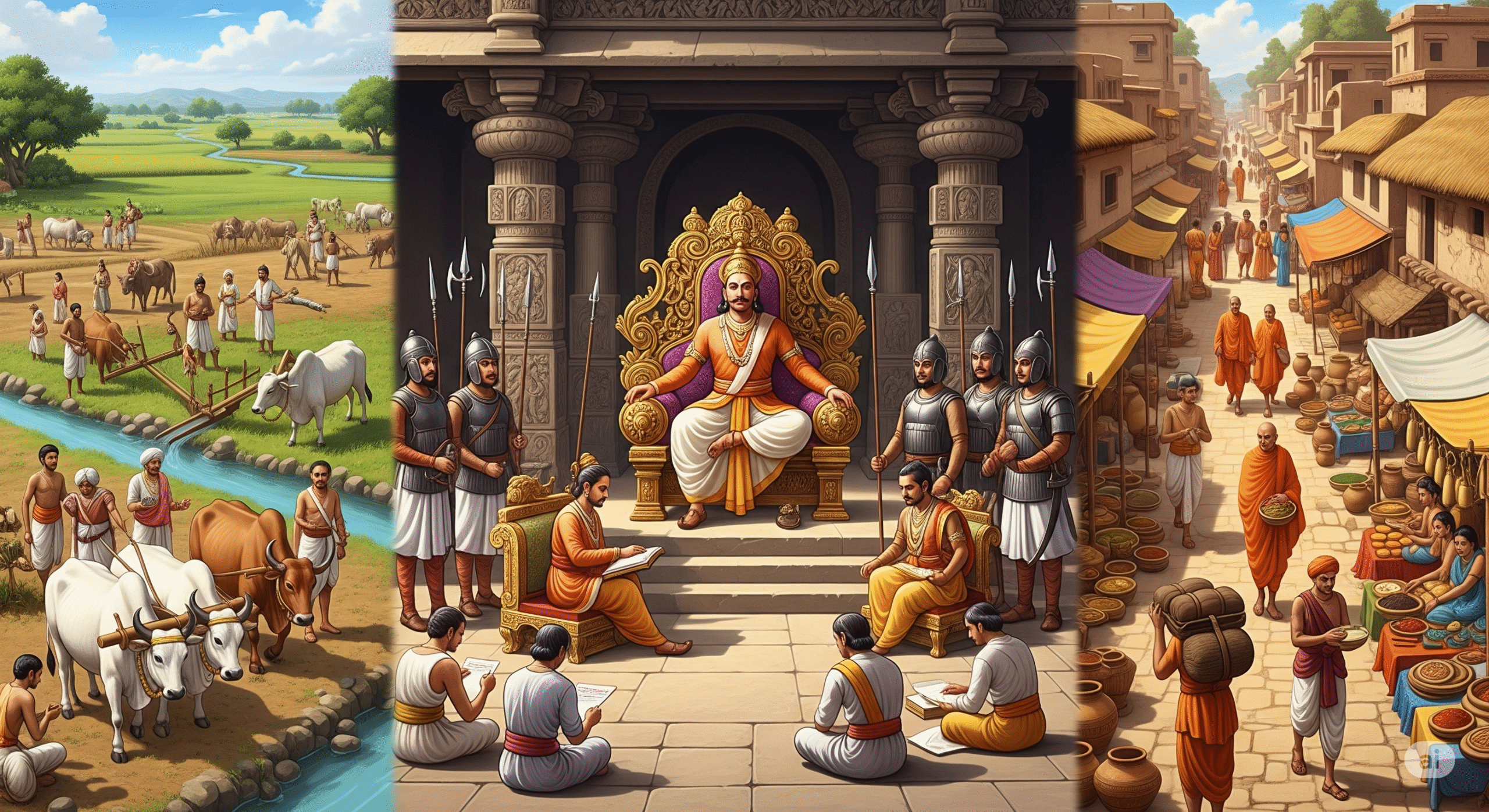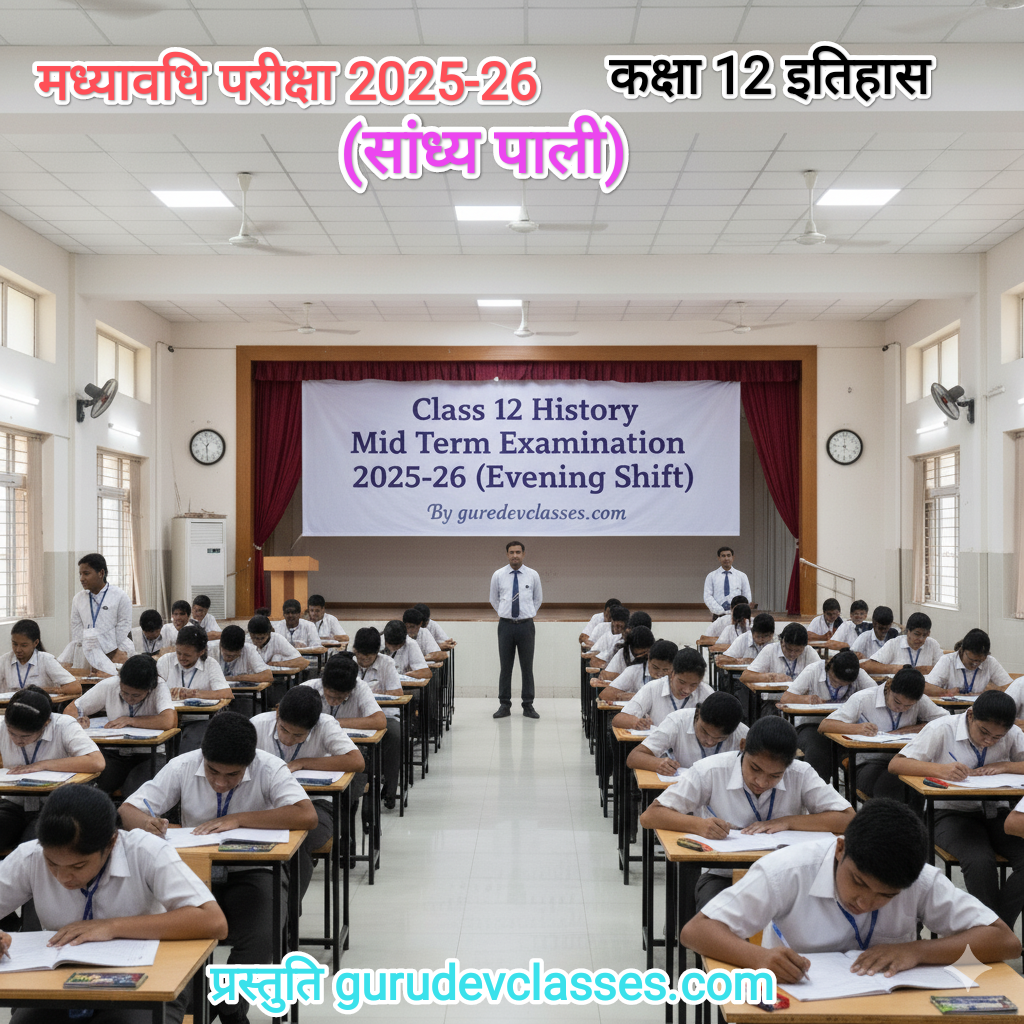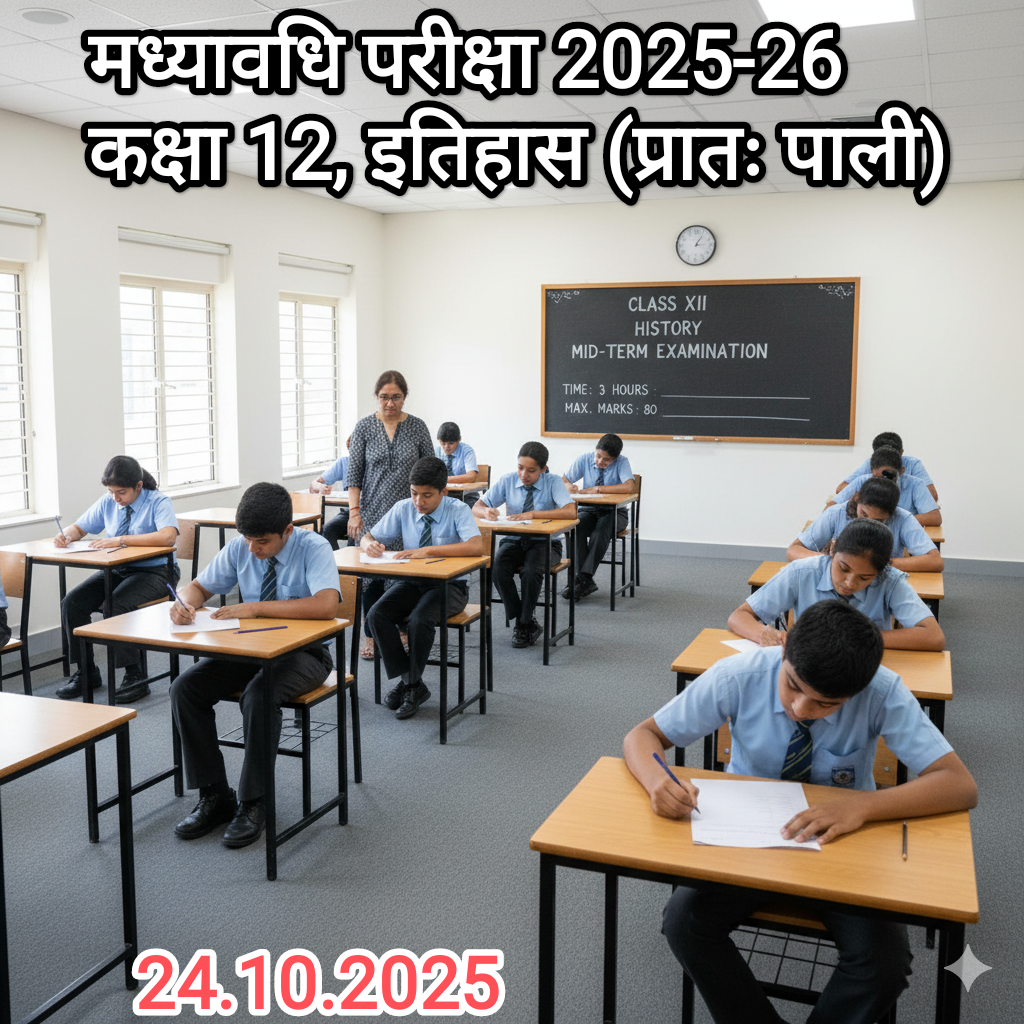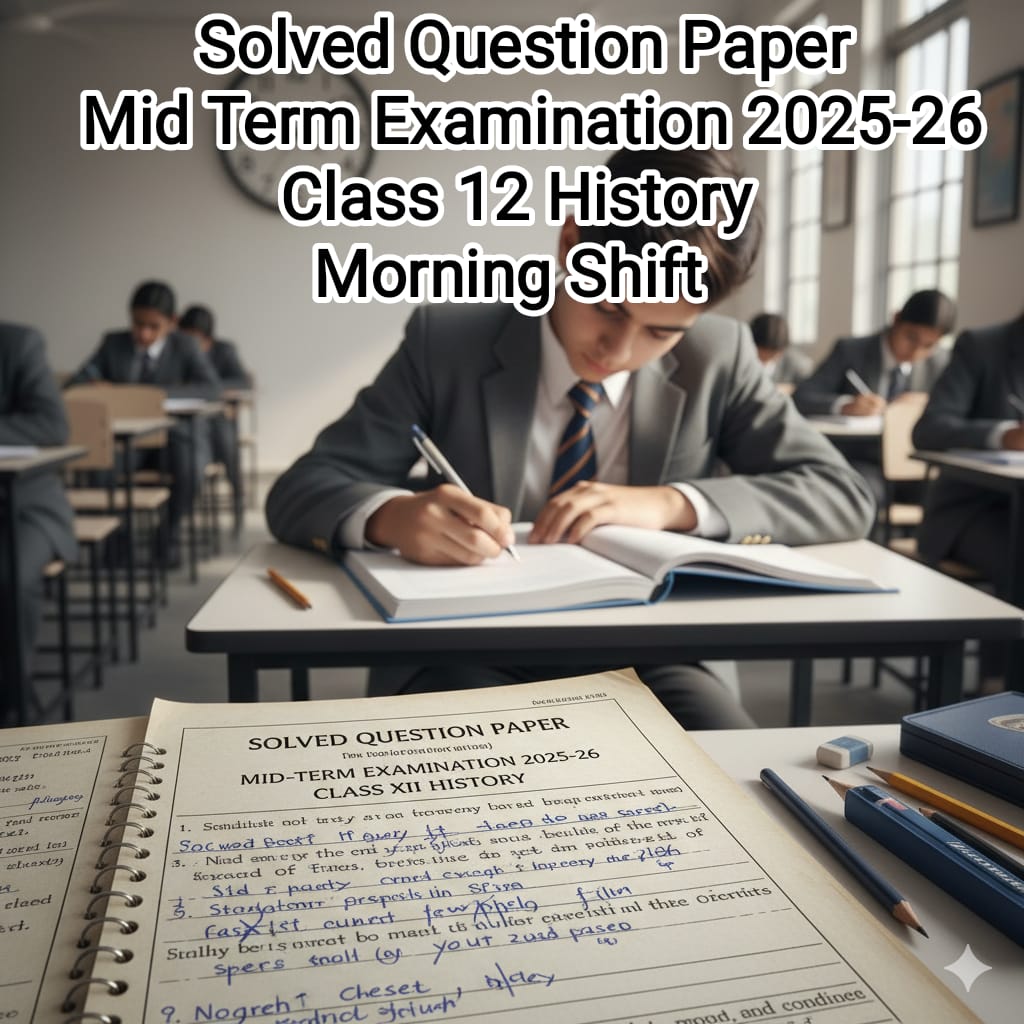- Which was the first major dynasty to rule over a large part of India?
A. Gupta
B. Maurya ✅
C. Kushana
D. Satavahana
Q2. In which script did Ashoka write his inscriptions?
A. Brahmi ✅
B. Kharosthi
C. Devanagari
D. Roman
Q3. What was the capital of the Mauryan Empire?
A. Ujjain
B. Taxila
C. Pataliputra ✅
D. Vaishali
Q4. Who wrote the book ‘Indica’?
A. Hiuen Tsang
B. Fa-Hien
C. Megasthenes ✅
D. Pliny
Q5. Ashoka’s inscriptions mainly deal with:
A. War policies
B. Spread of Buddhism ✅
C. Agricultural reforms
D. Trade
Q6. Ashoka adopted Buddhism after which war?
A. Kurukshetra
B. Kalinga War ✅
C. Ujjain Battle
D. Pataliputra Siege
Q7. The term ‘Dhamma’ was used by:
A. Chandragupta Maurya
B. Bimbisara
C. Ashoka ✅
D. Samudragupta
Q8. Who authored the book ‘Arthashastra’?
A. Chanakya (Kautilya) ✅
B. Ashoka
C. Samudragupta
D. Kalidasa
Q9. Which of the following was not a Mauryan ruler?
A. Chandragupta
B. Bindusara
C. Ashoka
D. Haryanka ✅
Q10. Farmers paid how much of their produce as tax during the Mauryan period?
A. Half
B. One-third ✅
C. One-fourth
D. One-fifth
Q11. The term ‘Janapada’ refers to:
A. City
B. Village
C. Fort
D. Territory of a tribe ✅
Q12. What were the Ashokan inscriptions written on?
A. Clay tablets
B. Palm leaves
C. Rocks and pillars ✅
D. Metal plates
Q13. The Ashokan edicts were mostly written in:
A. Sanskrit
B. Pali
C. Prakrit ✅
D. Tamil
Q14. Which foreign account provides information about Mauryan administration?
A. Periplus
B. Indica ✅
C. Milindapanho
D. Mahavamsa
Q15. What was the purpose of Ashoka’s Dhamma Mahamatras?
A. Tax collection
B. Spreading Buddhist teachings ✅
C. Maintaining forts
D. Supervising trade routes
Q16. What is a Prashasti?
A. A law book
B. A religious text
C. A royal eulogy ✅
D. An economic account
Q17. The Prayaga Prashasti was composed by:
A. Megasthenes
B. Harisena ✅
C. Banabhatta
D. Ashvaghosha
Q18. Which Gupta ruler is known as the ‘Napoleon of India’?
A. Chandragupta I
B. Samudragupta ✅
C. Skandagupta
D. Kumargupta
Q19. Samudragupta’s conquests are mentioned in which inscription?
A. Sanchi
B. Allahabad Pillar ✅
C. Junagadh
D. Udayagiri
Q20. Punch-marked coins were used during:
A. Vedic period
B. Mauryan period ✅
C. Gupta period
D. Medivaleval period
Q21. Which source mentions the revenue system of the Mauryan Empire?
A. Indica ✅
B. Mahabharata
C. Sanchi Stupa
D. Harshacharita
Q22. Which of the following was the main source of revenue in the Mauryan Empire?
A. Salt tax
B. Land revenue ✅
C. Trade tax
D. Toll tax
Q23. Which religious faith did Ashoka promote after the Kalinga war?
A. Jainism
B. Vaishnavism
C. Buddhism ✅
D. Shaivism
Q24. The most important urban center during the Mauryan period was:
A. Ujjain
B. Rajagriha
C. Pataliputra ✅
D. Ayodhya
Q25. Which city is mentioned as a major port during the early historic period?
A. Mathura
B. Kanchipuram
C. Tamralipti ✅
D. Nalanda
Q26. A ‘Guild’ in ancient India was known as:
A. Mahajana
B. Shreni ✅
C. Gana
D. Sangha
Q27. The meaning of ‘Gahapati’ in early texts was:
A. King
B. Head of household ✅
C. Priest
D. Trader
Q28. Who among the following used the title ‘Devanampiya’?
A. Chandragupta Maurya
B. Ashoka ✅
C. Harsha
D. Bimbisara
Q29. The Mauryan Empire was established around:
A. 600 BCE
B. 321 BCE ✅
C. 200 CE
D. 185 BCE
Q30. The last ruler of the Mauryan dynasty was:
A. Ashoka
B. Dasaratha
C. Brihadratha ✅
D. Bindusara
Q31. Harisena was the court poet of which king?
A. Ashoka
B. Samudragupta ✅
C. Harshavardhana
D. Chandragupta II
Q32. The term ‘Dhamma’ means:
A. Conquest
B. Duty and tolerance ✅
C. Religious war
D. Devotion
Q33. ‘Ashokan inscriptions were found even in Afghanistan’. What does this indicate?
A. His empire was limited to India
B. Ashoka’s empire had foreign influence ✅
C. Greek invasions
D. Trade with Rome
Q34. Which of the following is a Buddhist text that refers to cities and urban life?
A. Digha Nikaya ✅
B. Rigveda
C. Ramayana
D. Arthashastra
Q35. The word ‘Karshapana’ in ancient India refers to:
A. Land tax
B. A coin ✅
C. Army post
D. Land unit
Q36. Archaeological evidence of early historic cities includes:
A. Pottery
B. Ring wells
C. Bricks
D. All of the above ✅
Q37. Which of the following inscriptions is in Prakrit language?
A. Allahabad pillar
B. Ashokan edicts ✅
C. Aihole inscription
D. Mehrauli inscription
Q38. The decline of the Mauryan Empire began after the death of:
A. Bindusara
B. Chandragupta
C. Ashoka ✅
D. Brihadratha
Q39. Who was the Greek ambassador at the court of Chandragupta Maurya?
A. Alexander
B. Seleucus
C. Megasthenes ✅
D. Antiochus
Q40. The Ashokan inscription at Lumbini mentions:
A. War with Kalinga
B. Buddha’s birthplace ✅
C. Samudragupta
D. Mauryan tax system
Q41. The term ‘Nagarika’ in ancient India referred to:
A. Priest
B. Village head
C. City official ✅
D. Spy
Q42. ‘Janapadas’ were transformed into larger kingdoms called:
A. Samantas
B. Mahajanapadas ✅
C. Rashtra
D. Janas
Q43. Which material evidence shows trade activity in early cities?
A. Coins
B. Weights
C. Seals
D. All of the above ✅
Q44. Who was the first ruler to issue inscriptions for public welfare?
A. Harsha
B. Ashoka ✅
C. Samudragupta
D. Bimbisara
Q45. The Ashokan edicts promote which values?
A. Violence
B. Intolerance
C. Religious harmony ✅
D. Warfare
Q46. The earliest inscriptions in India were written in:
A. Sanskrit
B. Pali
C. Prakrit ✅
D. Tamil
Q47. Taxila was famous for:
A. Political power
B. Religious center
C. Trade and education ✅
D. Military
Q48. What is the meaning of ‘Nishka’ in Vedic period?
A. A weight
B. A coin ✅
C. Land unit
D. Title of priest
Q49. Inscriptions engraved on rocks and pillars are called:
A. Copper plates
B. Tamrapatra
C. Edicts ✅
D. Prashastis
Q50. The ancient text Arthashastra is a treatise on:
A. Religion
B. Grammar
C. Politics and Economics ✅
D. Philosophy
Class 12 History 50 MCQ Chapter 2 – Kings, Farmers and Towns
By gurudev
Updated on:







